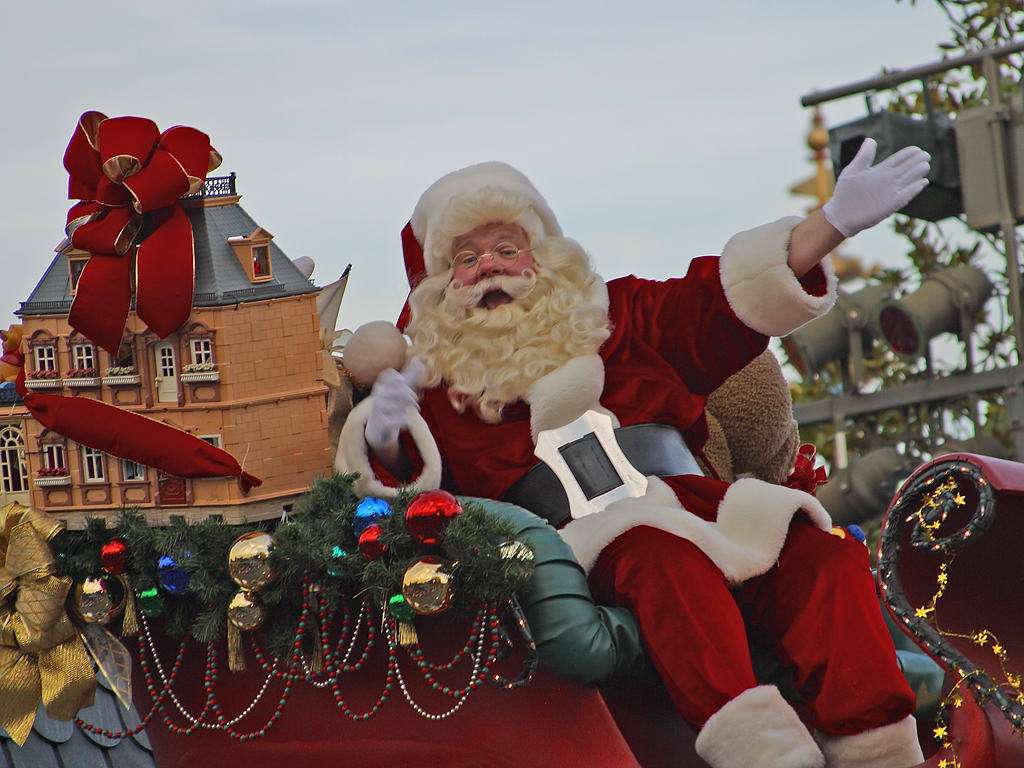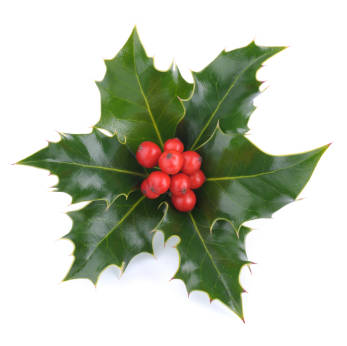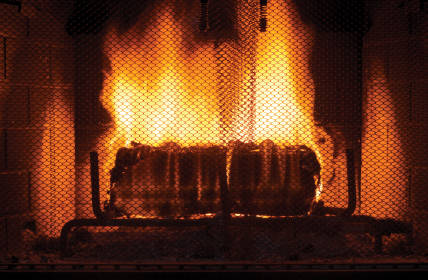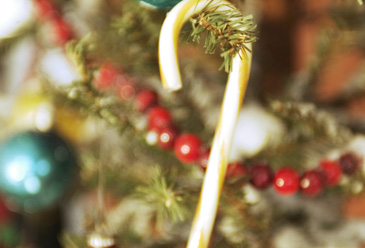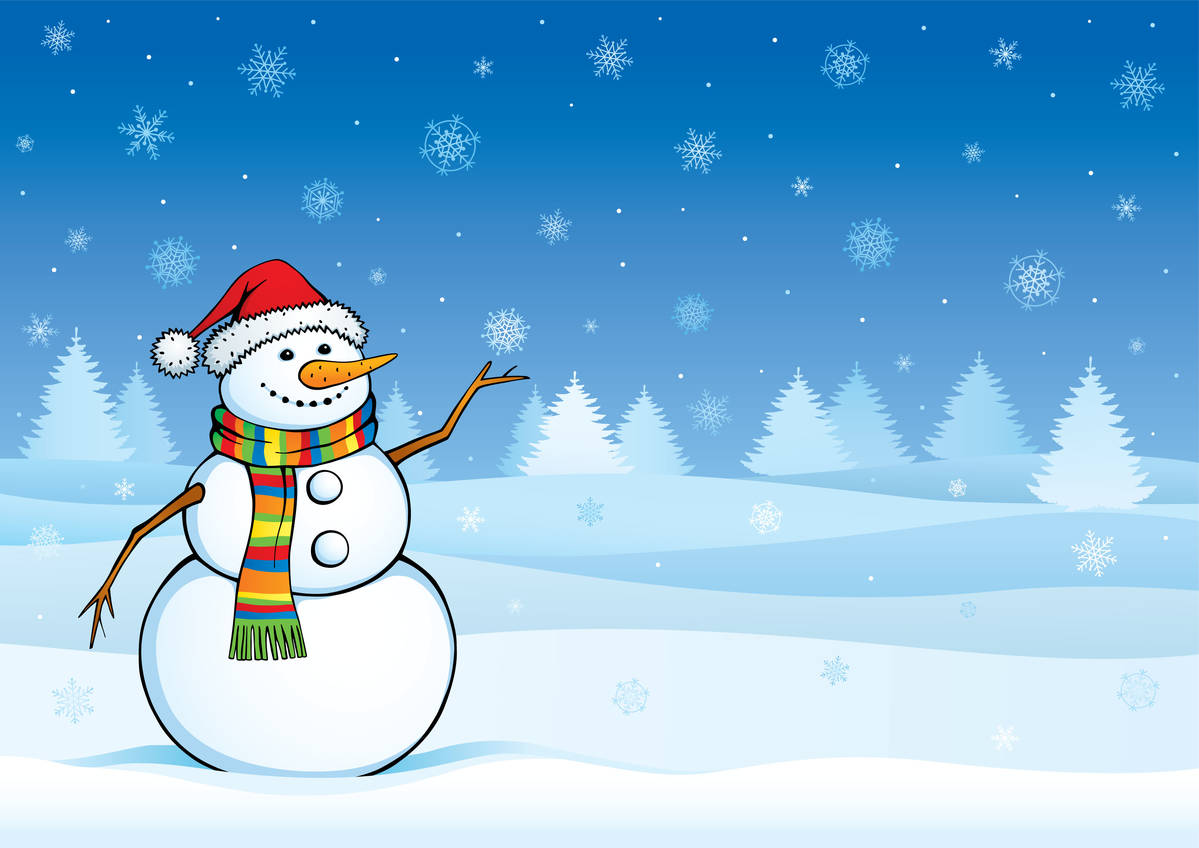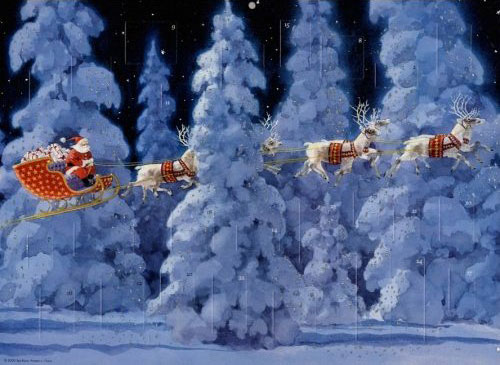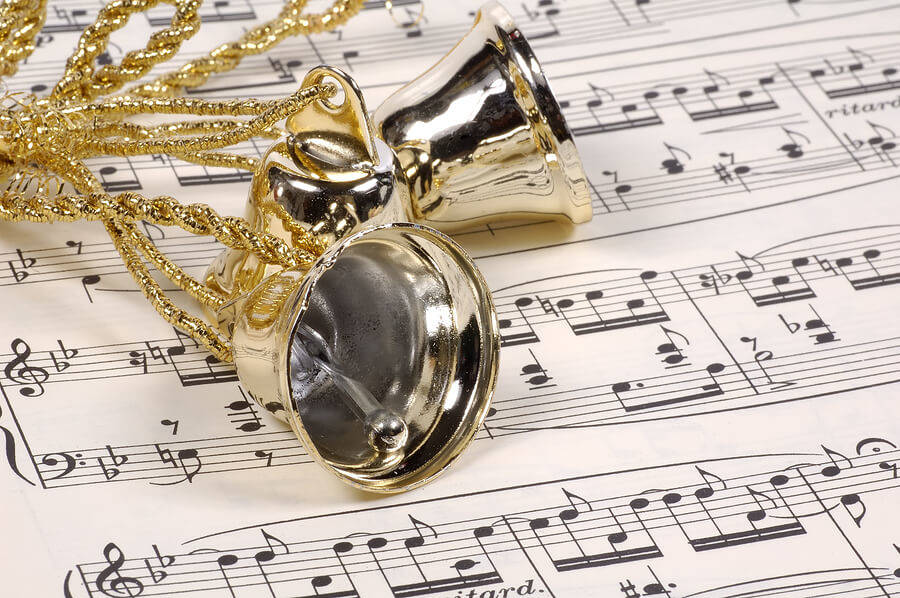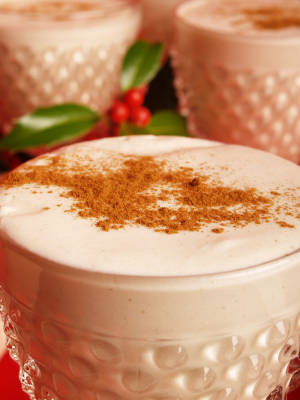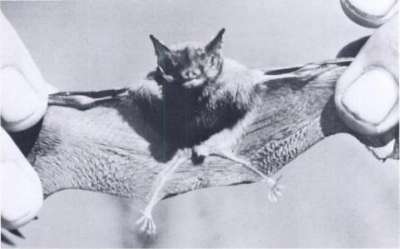Used in permission with FactMonster.com
Although in modern times Christmas is one of the most widely celebrated holidays in the world, it was not observed by early Christians. Christmas was added to the church calendar as a feast day in the fourth century. Since that time, Christmas has developed into an international holiday celebrated by religious and secular people alike. Follow this slideshow to learn about the origins of many Christmas traditions.TYPE:

